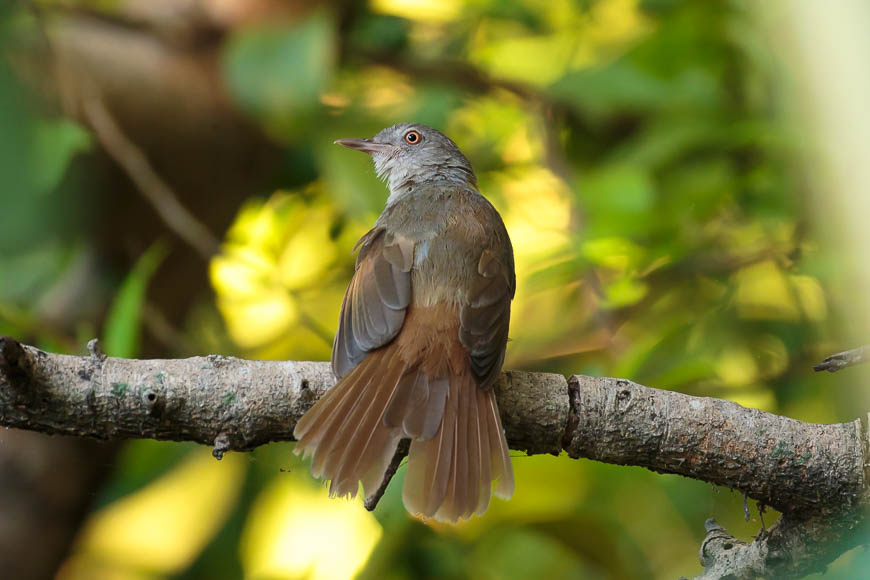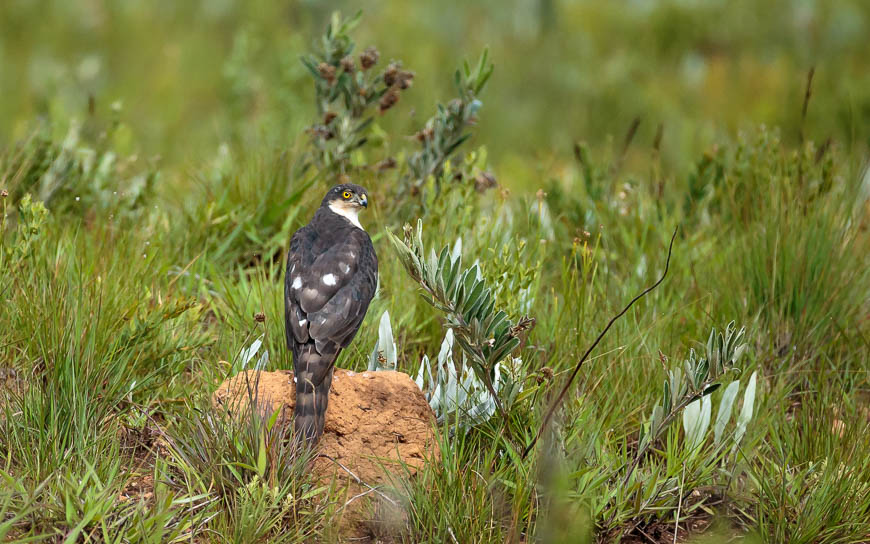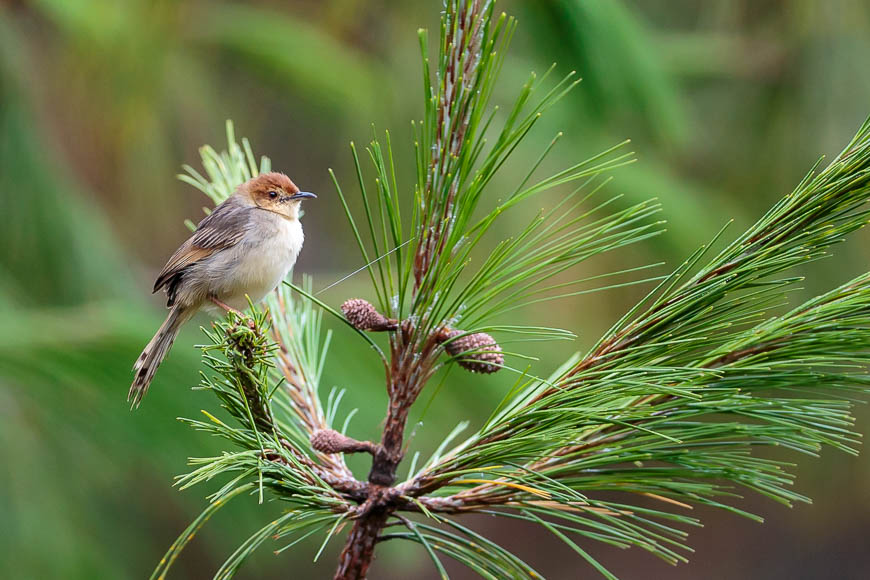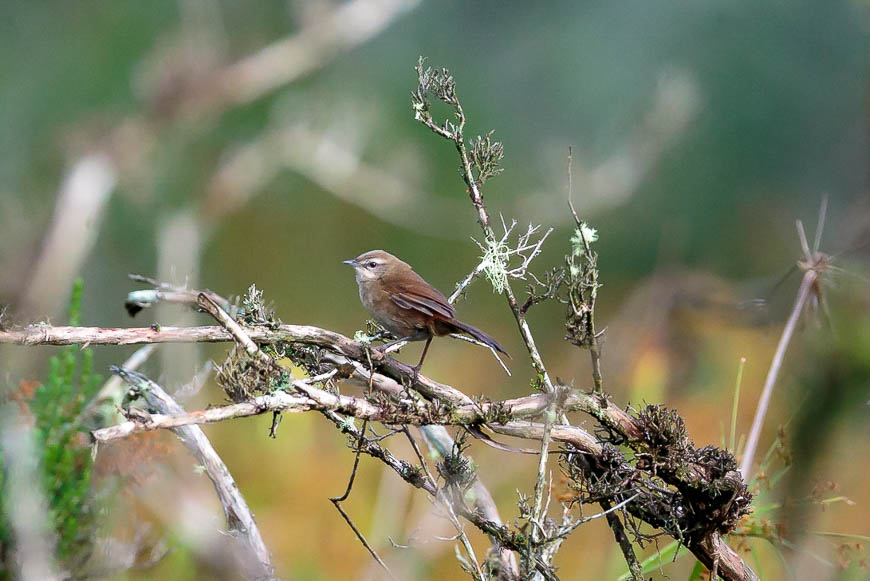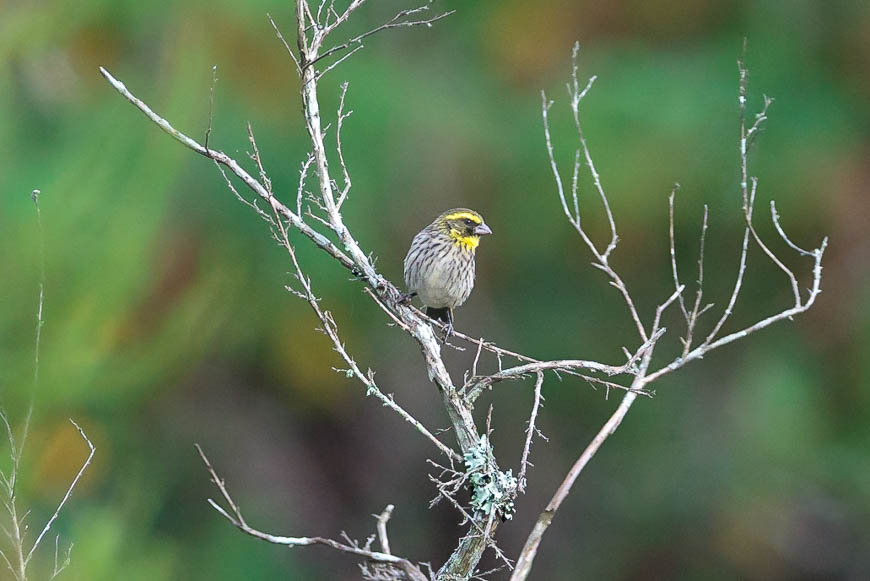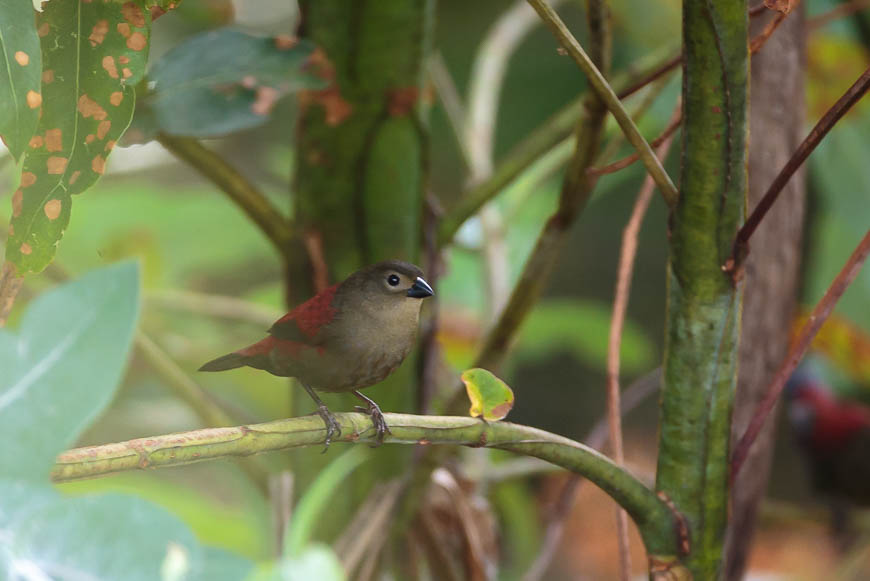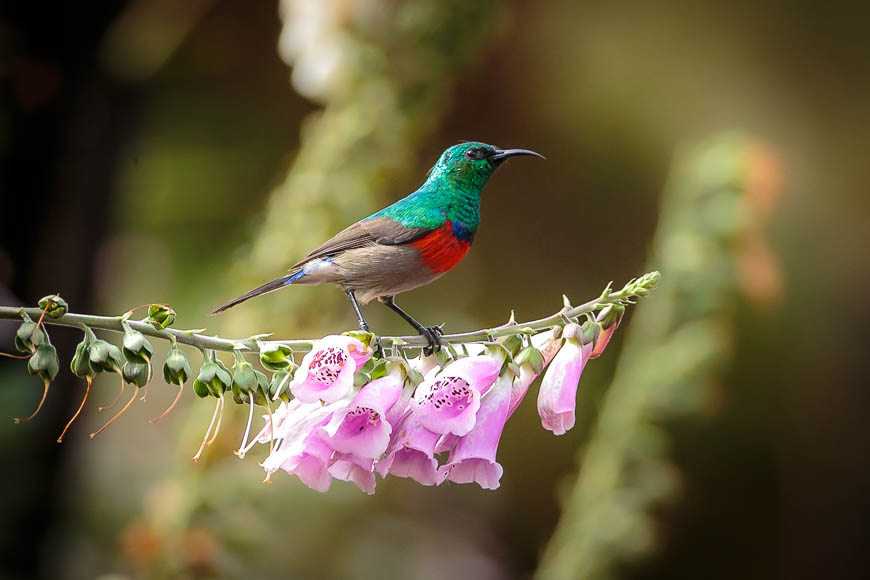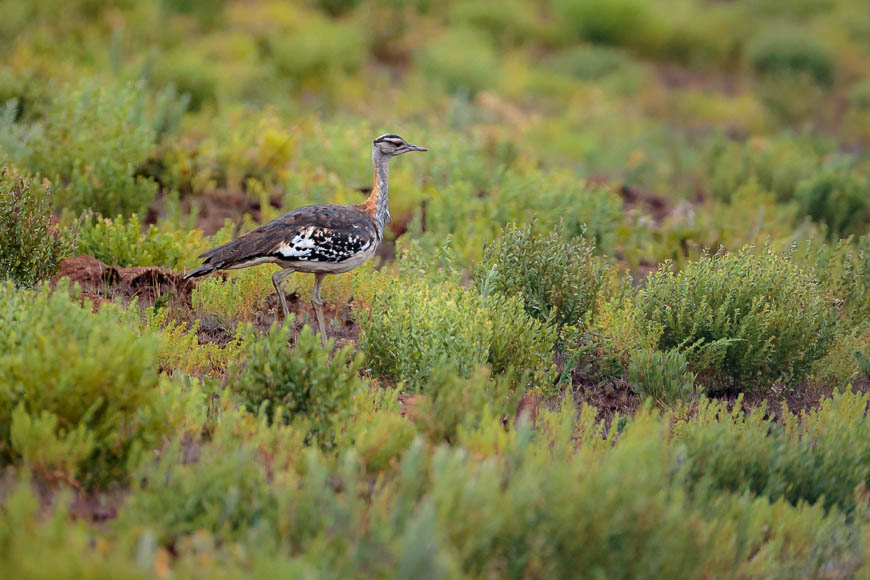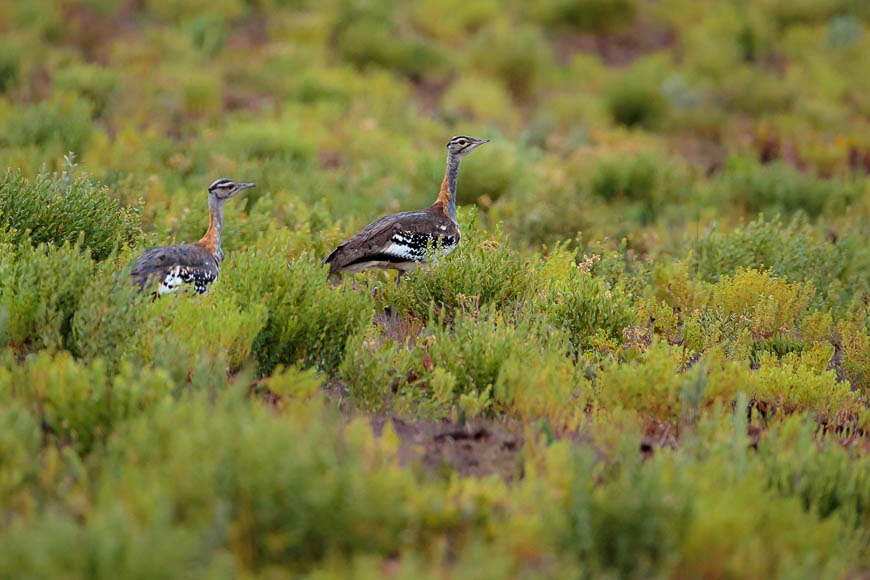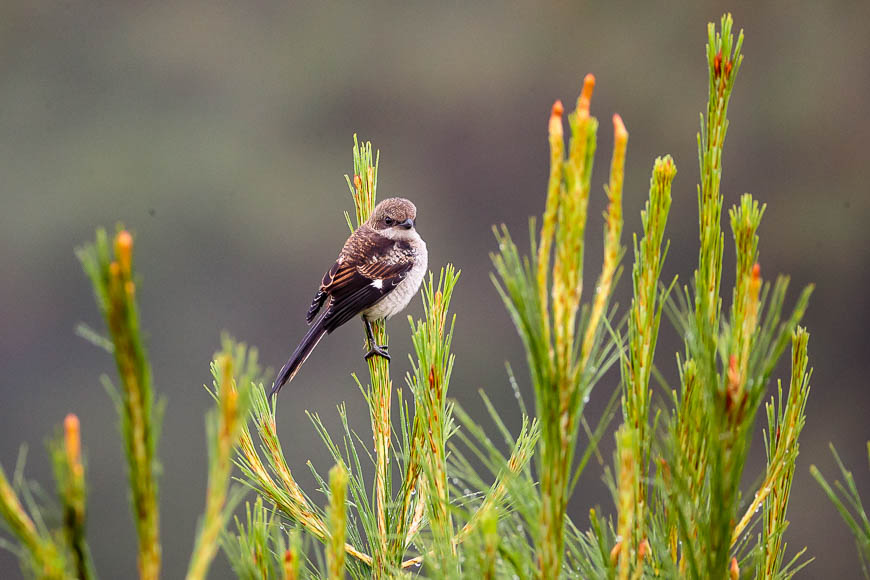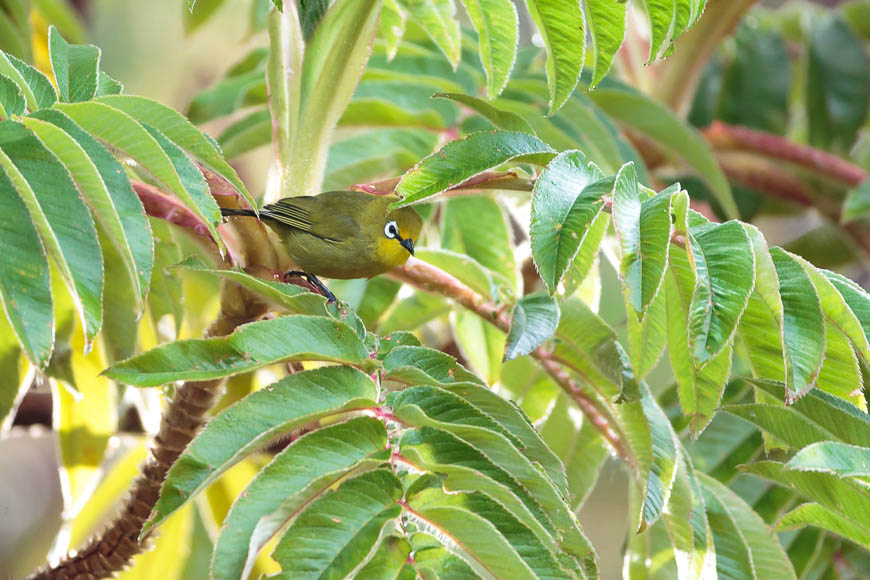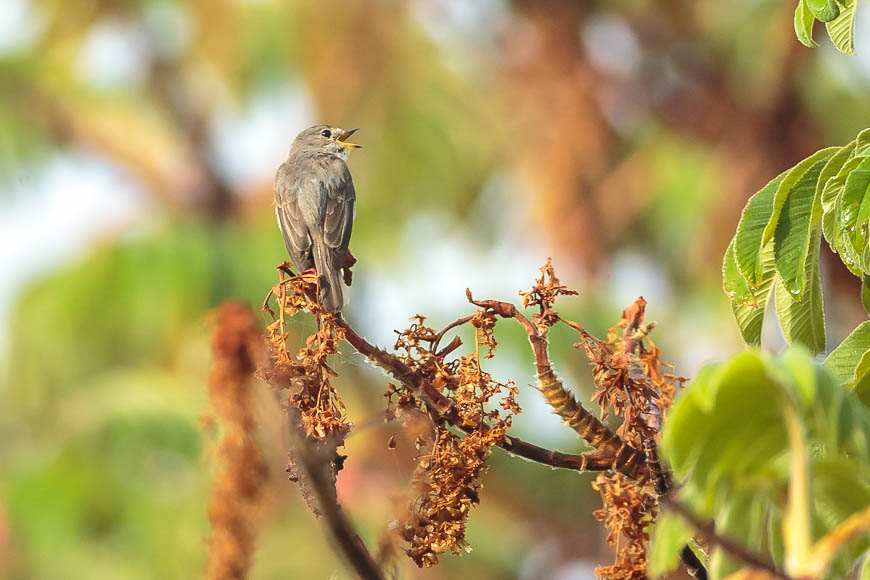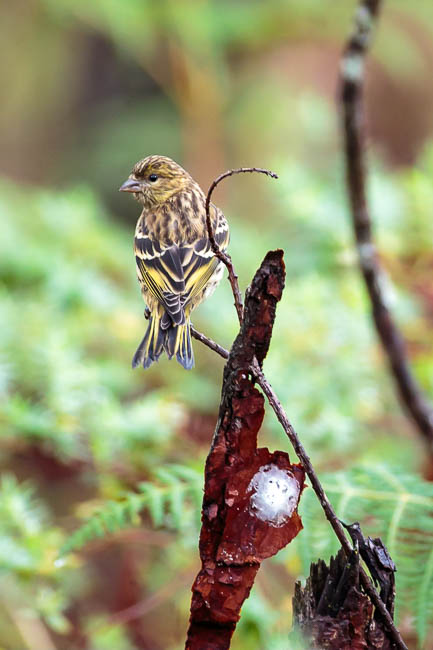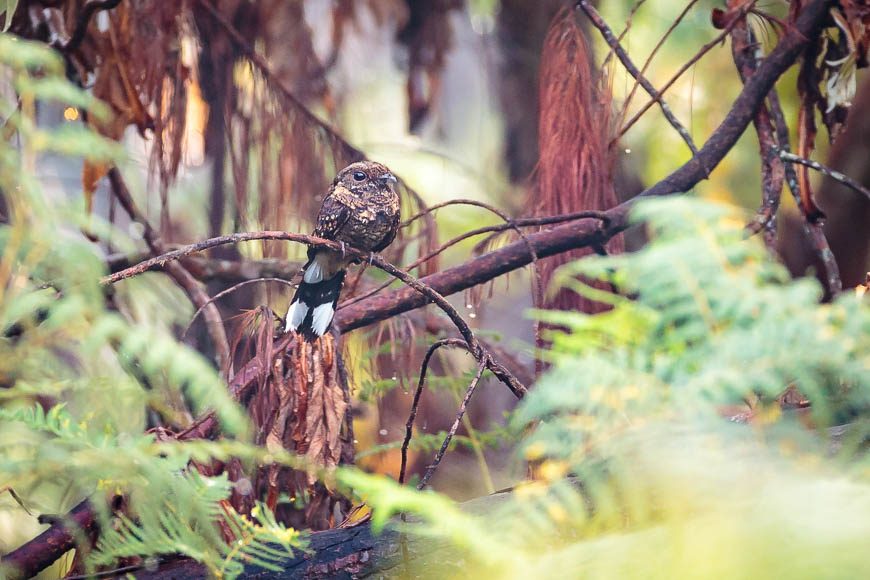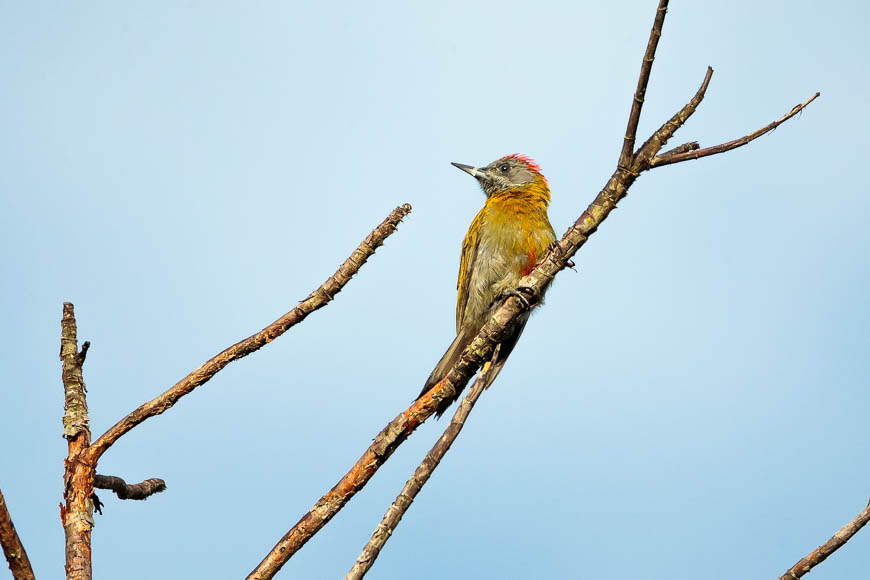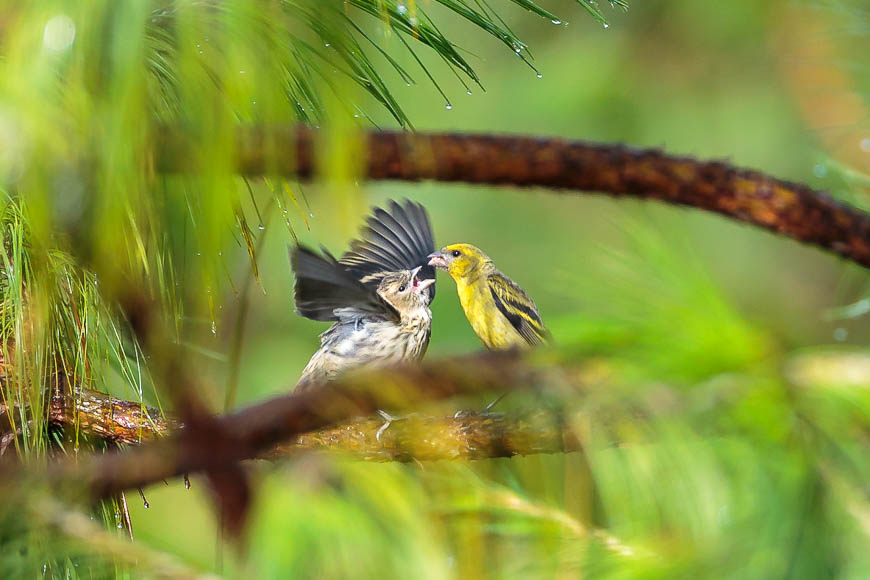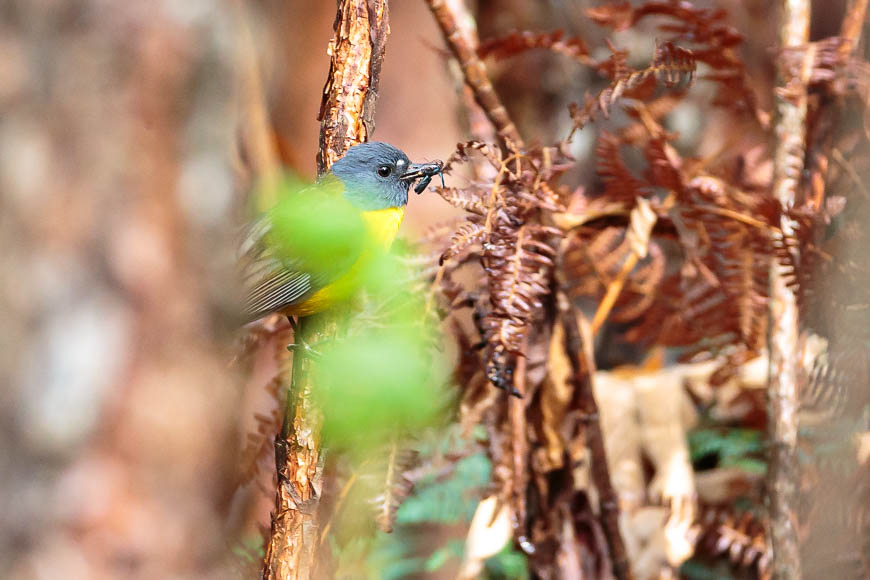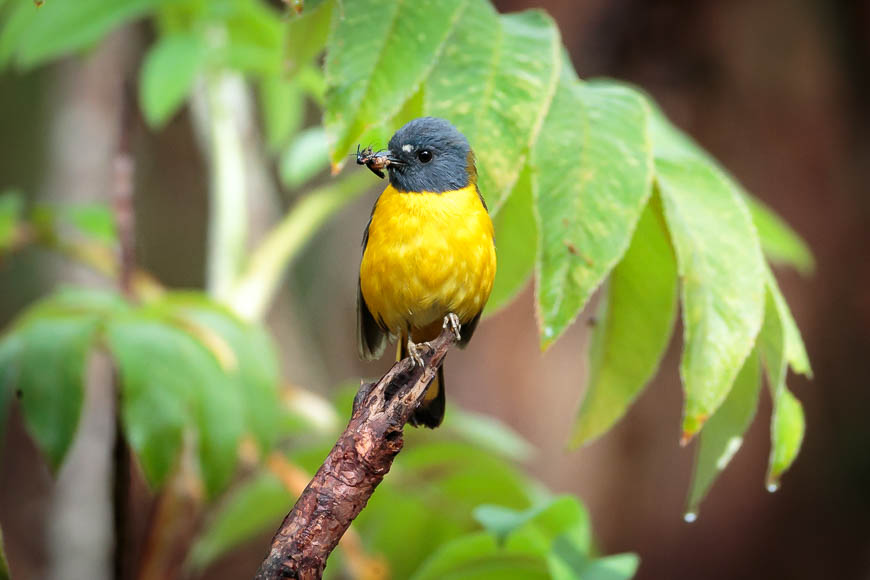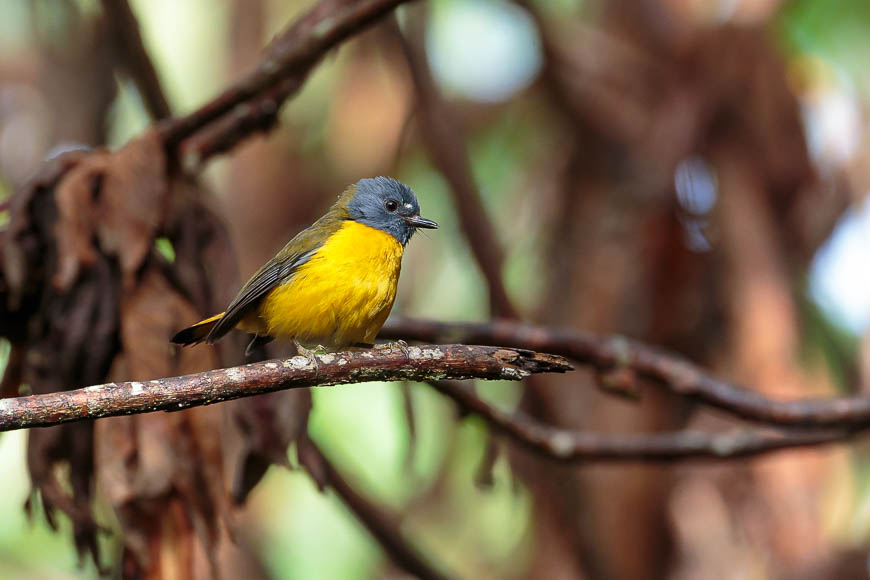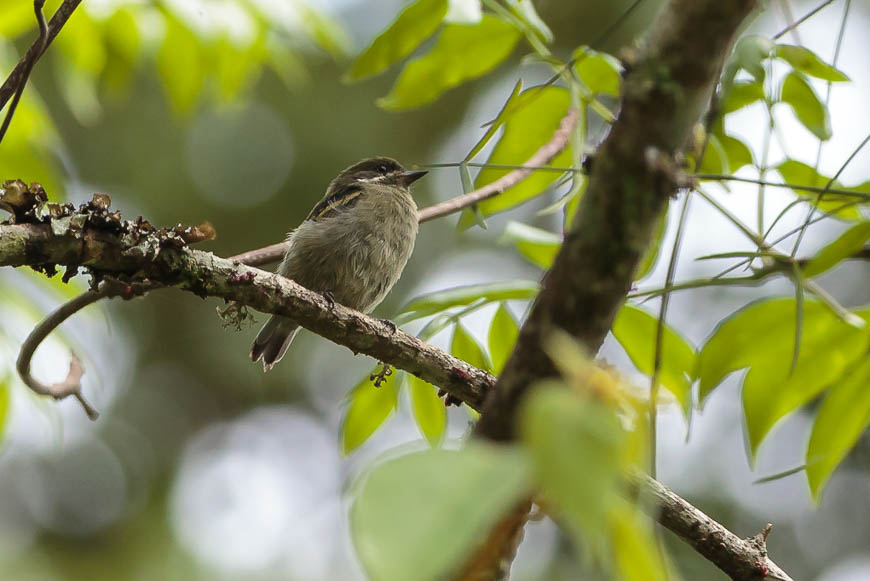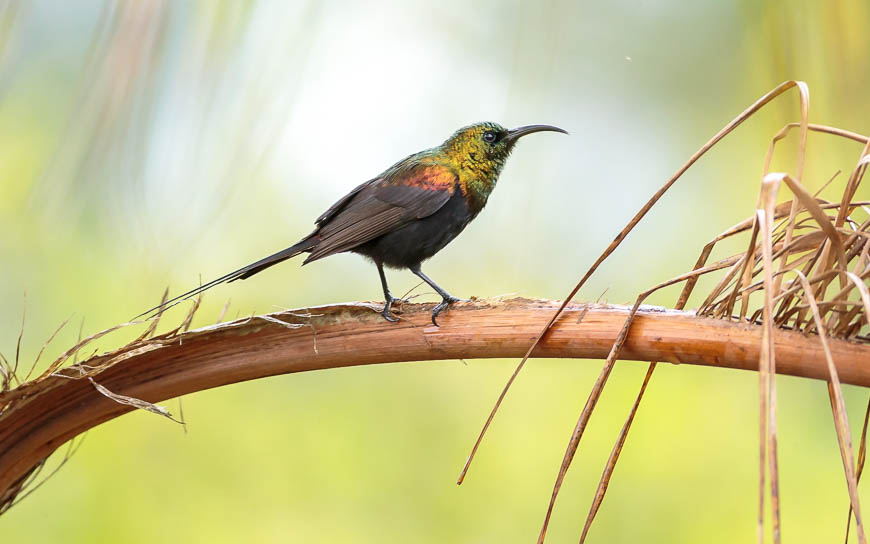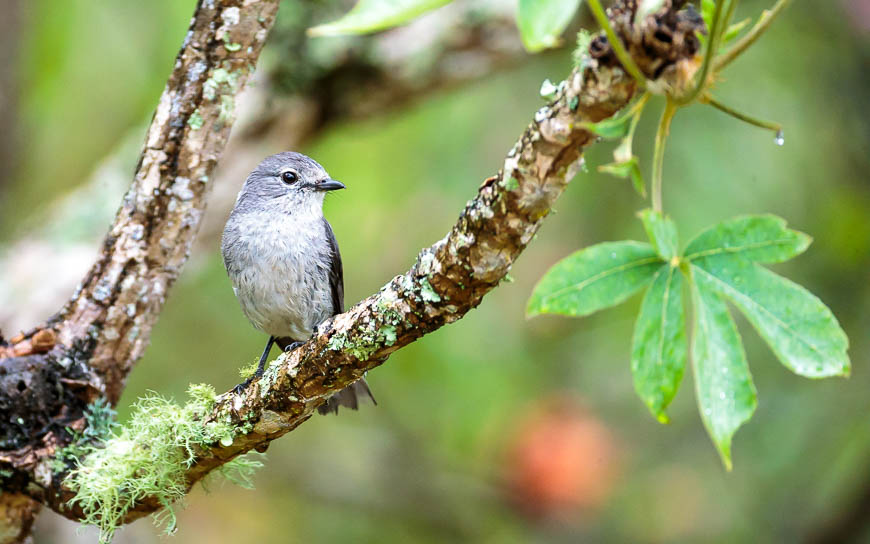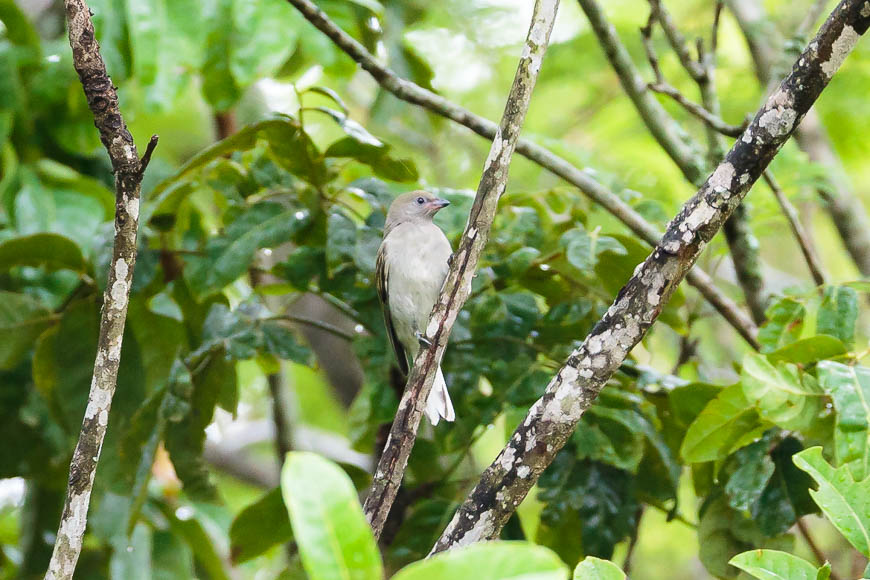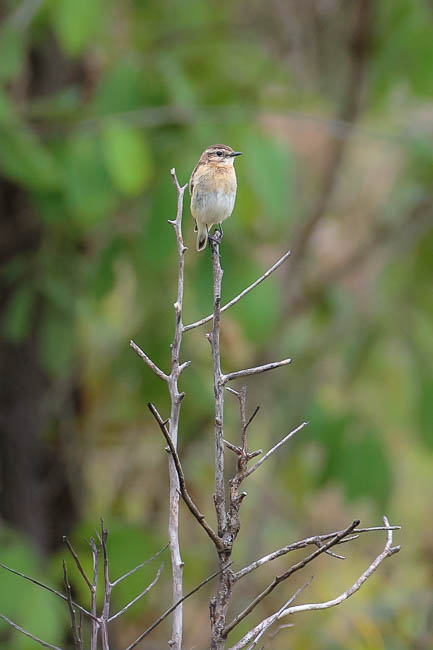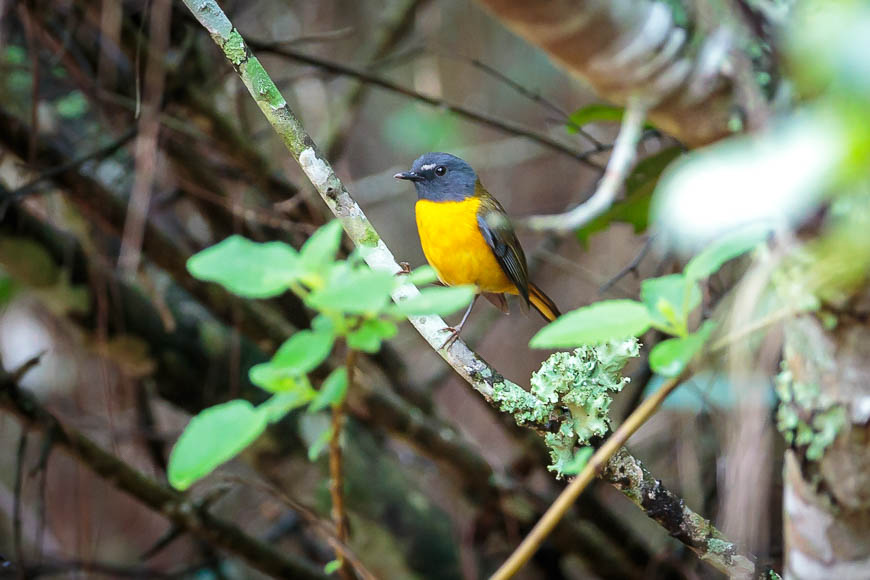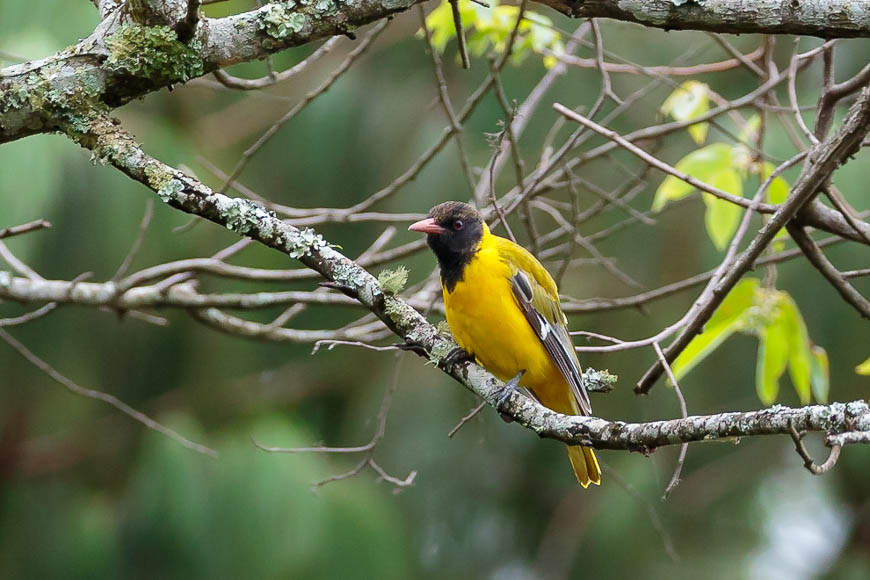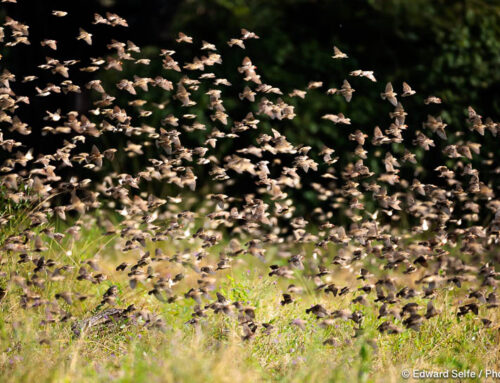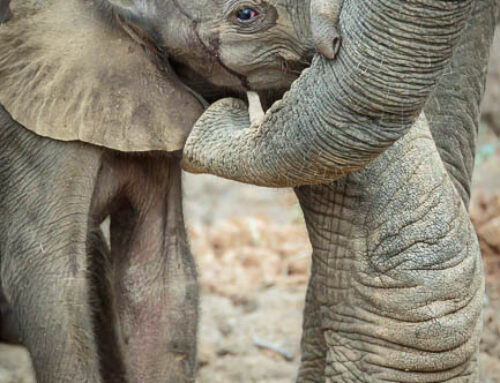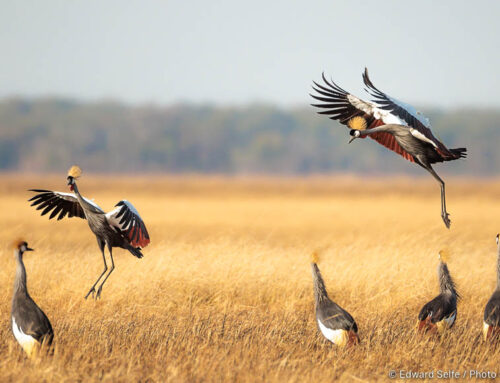With a wide variety of habitats, ranging from floodplains and river courses to montane forest and high-altitude grassland, Malawi has a fantastic diversity of species in a relatively small area. I just returned from a 2-week trip, split between the lakeshore, the highlands of Nyika Plateau and the mid-altitude forests of Viphya Plateau. The diversity of bird species across these 2 habitats was incredible and I enjoyed searching for and photographing as many as I could in between the mammal sightings and enjoying the landscapes. So, something a bit different from me, but here’s a few images of some of Malawi’s birds.

This gawky greenbul, with an orange eye, is a Grey-olive Greenbul.
Often flushed from their perches along the roadsides in Nyika Plateau, Rufous-breasted Sparrowhawks are plentiful on the higher ground.
Nyika is a ‘cisticola paradise’ with a number of species commonly seen. Giving out their “cheeurp-cheeurp-cheeurp” call, these Churring cistocolas are common in any damp grassland and swamp.
Skulky and hard to see, a Cinnamon Bracken-warbler emerges onto the top of a bush to sing in the early morning.
The aptly-named Yellow-browed Seedeater.
A female Red-faced Crimsonwing. These are true rainforest birds, with bright colours and a high-pitched far carrying call. The male never sat still long enough for a photo, but his face is red where hers is pale green.
Common around the forested areas of the plateau, Whyte’s Double-collared Sunbird pauses to feed on a foxglove in the lodge garden.
Out on the grassland, a Denham’s Bustard forages for food….
….with his mate.
A young Northern Fiscal awaiting food from a parent.
Foraging in large parties, a Southern Yellow White-eye pauses for a moment to listen to the sound of my camera shutter.
Singing his heart out on a sunny morning, an African Dusky Flycatcher defends his patch in the Hyghaenia abysinnica forest.
A sub-adult Yellow Crowned Canary.
I flushed a Montane (Abyssinian) Nightjar from the forest floor and it paused on a low branch before lifting off and settling out of sight once more.
Olive Woodpecker resting in the morning sunshine.
A Yellow-crowned Canary feeds a chick in the non-indigenous pine forest.
One of my favourites; a White-starred Robin emerges from his deep forest habitat….
…before sitting in the open for a photo-shoot.
And one more for luck!
And my last photo from the Nyika Plateau, a Moustached Tinkerbird from the Afro-montane forest.
In the lodge at Luwawa Forest, the garden birds included this high-altitude special, a Bronzy Sunbird.
In high-altitude areas, the common Ashy Flycatcher is supplemented by the White-eyed Slaty Flycatcher.
A Pallid Honeyguide pauses momentarily before continuing its fast, undulating flight through the forest.
A relatively rare visitor to the region, Whinchats spend the northern hemisphere winter in southern Europe and North Africa. A few make it as far south as Zambia, Malawi and Zimbabwe.
Another encounter with the White-super-starred Robin.
As we left Malawi, my final sighting was of a Black-headed Oriole near our chalet at Luwawa Forest Lodge.With the late arrival of the rains, Malawi was poised for amazing birding at the onset of the wet season. I had seen more than 170 species in the 2 weeks and enjoyed great photo opportunities in a great variety of habitats. Thanks for reading and I hope you enjoyed this short foray into Malawi’s birdlife.
